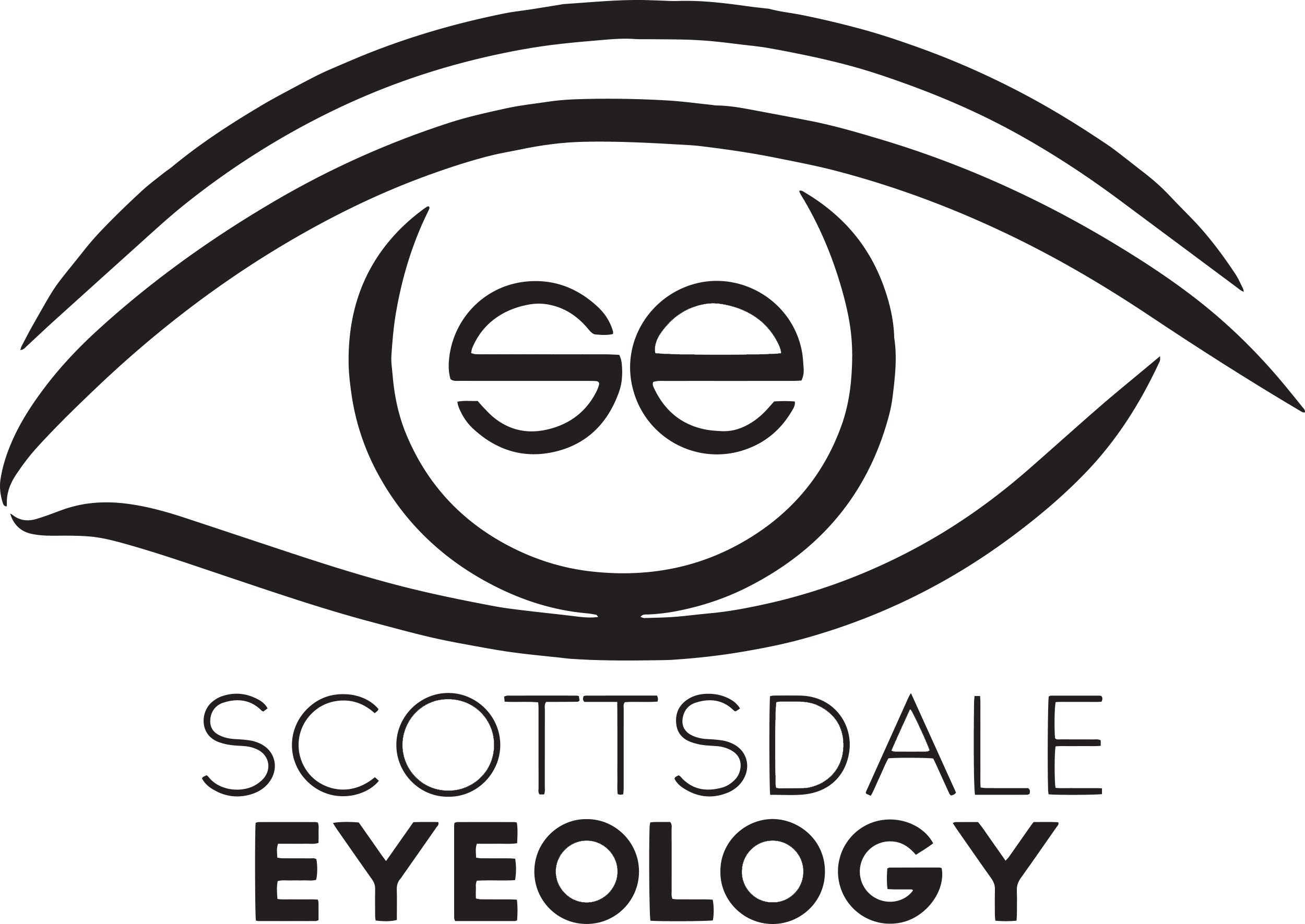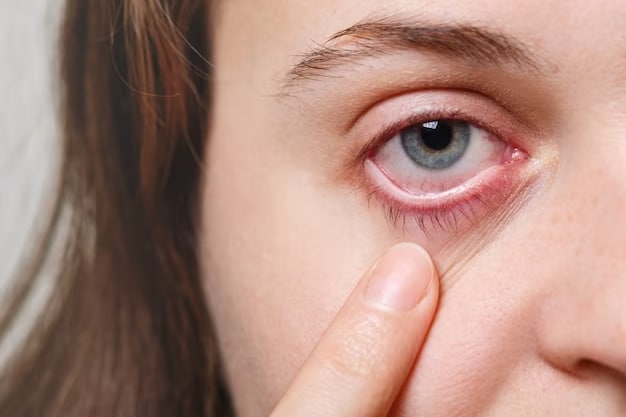Dry eye syndrome, also known as keratoconjunctivitis sicca, is a common eye condition affecting millions worldwide. While it may sound like a minor inconvenience, it’s discomfort, and potential long-term consequences should not be underestimated. This comprehensive guide will explore the causes, symptoms, and various management strategies for the syndrome, shedding light on this often-overlooked eye condition.
What Is Dry Eye Syndrome?
Dry eye syndrome occurs when the quantity or quality of tears produced by the eyes is insufficient to maintain proper eye lubrication and comfort. Tears are essential for maintaining the health of the eye’s surface, providing a protective layer, and ensuring clear vision. When the eyes do not produce enough tears or when the tears evaporate too quickly, dry eye symptoms can develop.
Causes Of Dry Eye Syndrome
Understanding the underlying causes of dry eye syndrome is crucial for effective management. Several factors contribute to this condition:
- Age: Dry eye syndrome is more prevalent among older individuals, as tear production tends to decrease.
- Gender: Women are more likely to experience such issues, especially during hormonal changes like pregnancy, menopause, or while using certain birth control methods.
- Medical Conditions: Certain medical conditions, such as rheumatoid arthritis, Sjögren’s syndrome, diabetes, and thyroid disorders can increase the risk.
- Medications: Some medications, including antihistamines, decongestants, antidepressants, and blood pressure medications, can reduce tear production.
- Environmental Factors: Exposure to dry, windy, or dusty environments, as well as indoor heating or air conditioning, can exacerbate dry eye symptoms.
- Digital Screen Usage: Prolonged use of digital devices like smartphones and computers can reduce blink frequency, leading to dry eyes.
- Contact Lens Wear: Improper use or extended wear of contact lenses can contribute to dry eye symptoms.
Common Symptoms
Recognizing the symptoms of dry eye syndrome is essential for early diagnosis and proper management. The severity of symptoms can vary, but common indicators include:
- Dryness: A persistent sensation of dryness or grittiness in the eyes.
- Redness: Red or bloodshot eyes due to irritation.
- Burning or Stinging: A burning or stinging sensation in the eyes.
- Itchiness: Eyes may become itchy and uncomfortable.
- Excessive Tearing: Paradoxically, dry eye syndrome can trigger excessive tearing as the eyes attempt to compensate for insufficient tears.
- Light Sensitivity: Increased sensitivity to light, known as photophobia.
- Blurred Vision: Vision may become blurry or fluctuate in clarity.
- Eye Fatigue: Fatigue or discomfort during activities that require prolonged focus, such as reading or using a computer.
Management And Treatment Options
Managing dry eye syndrome often involves a combination of lifestyle changes, over-the-counter remedies, prescription medications, and sometimes medical procedures. Here are some effective strategies for managing dry eye syndrome:
- Artificial Tears: Over-the-counter artificial tears (lubricating eye drops) can help relieve dryness and temporary relief. Various formulations are available, so it’s essential to choose the right one with your healthcare provider’s guidance.
- Warm Compresses: Applying a warm compress to your closed eyelids can help stimulate the oil glands, improving the quality of your tears.
- Lid Hygiene: Maintaining good eyelid hygiene can prevent blockages in the oil glands. Using a gentle eyelid cleanser can help keep the glands open and functioning correctly.
- Prescription Medications: Your eye doctor may prescribe medications like cyclosporine (Restasis), lifitegrast (Xiidra), or corticosteroids to reduce inflammation and increase tear production.
- Punctal Plugs: In some cases, your eye doctor may recommend punctal plugs—tiny devices inserted into the tear ducts to block tear drainage and keep more moisture on the eye’s surface.
- Lifestyle Changes: Modify your environment to reduce dryness. Use a humidifier, avoid drafts, and take regular breaks from screen time to blink and rest your eyes.
- Nutritional Supplements: Omega-3 fatty acids found in fish oil supplements may help alleviate dry eye symptoms by reducing inflammation.
- Protective Eyewear: When in windy or dusty environments, wearing protective eyewear like wraparound sunglasses can shield your eyes from irritants.
- Contact Lens Care: If you wear contact lenses, follow proper cleaning and wearing instructions. Consider using daily disposable lenses or switching to glasses temporarily.
- Blink Exercises: Remember to blink regularly, especially when using digital screens, to distribute tears evenly across the eye’s surface.
When To Seek Medical Attention
While mild dry eye symptoms can often be managed with over-the-counter solutions, it’s essential to consult an eye care professional if you experience severe or persistent symptoms. Additionally, if you notice any of the following signs, seek immediate medical attention:
- Severe eye pain
- Sudden changes in vision
- Eye injury or trauma
- Eye infections
Conclusion
Dry eye syndrome is a common eye condition that can significantly impact your quality of life if left untreated. Recognizing the causes, symptoms, and available management options is essential for maintaining eye health and comfort. By working with your healthcare provider, you can develop a personalized plan to alleviate dry eye symptoms and protect your vision for years to come. Don’t let dry eyes go untreated—take action and seek the relief you deserve.


